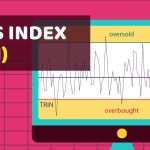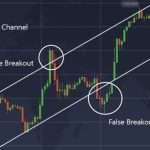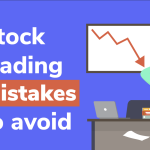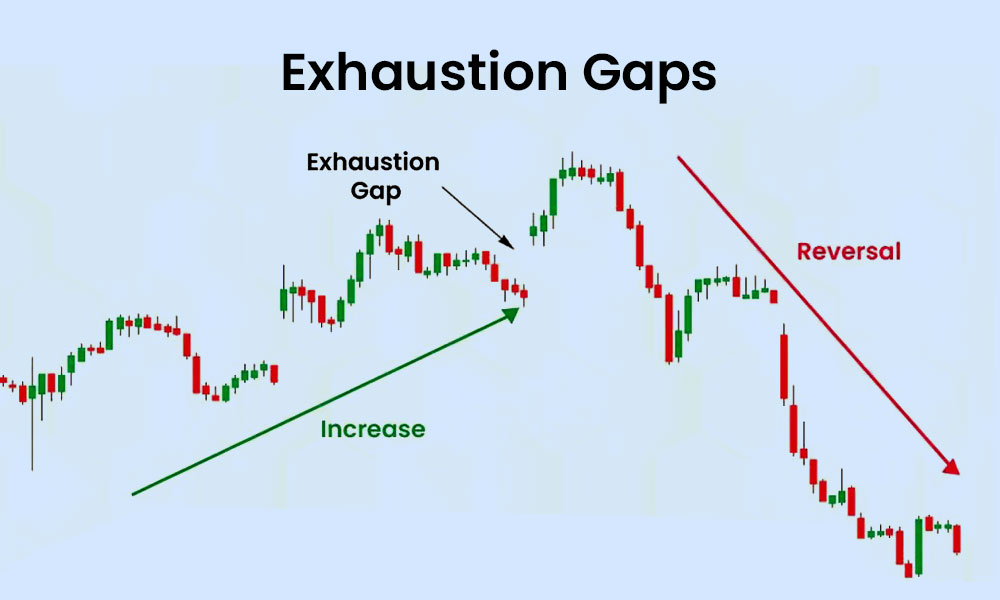
By ATGL
Updated September 24, 2024
For any investor involved in stock trading, it pays to know the difference between a margin account and a cash account. Each account type offers distinct advantages and disadvantages that affect trading strategies, risk exposure, and profitability. In this article, we’ll break down the key features of margin and cash accounts, helping you make an informed decision about which is right for your investment approach.
What Is a Cash Account?
A cash account is a standard brokerage account that requires the investor to pay for securities in full by the settlement date, typically two days after the trade (T+2), which is one of the standard settlement periods for stock trades. When you purchase stocks or other securities in a cash account, you must have enough funds available at the time of the transaction. Unlike a margin account, you cannot borrow money from your broker to complete trades.
How Transactions Are Processed
In a cash account, the amount of money you can invest is limited to the cash available in your account. All transactions settle with the funds you deposit, meaning no borrowed money or leverage is involved. This simplicity reduces the risk of owing more than your initial investment.
Advantages of Cash Accounts
- Simplicity and Transparency: Cash accounts are straightforward, with no risk of margin calls or debt accumulation. You own 100% of your investment without borrowing.
- No Interest Charges: Since you’re not borrowing funds to trade, there are no interest fees, reducing your total transaction cost.
- Lower Risk of Overleveraging: You can only lose what you invest. This makes cash accounts a safer option for conservative investors or beginners who want to limit exposure to market volatility.
Disadvantages of Cash Accounts
- Limited Buying Power: Without the ability to borrow, your purchasing power is restricted to the cash balance in your account. This limits opportunities in fast-moving markets where additional capital could be leveraged for greater gains.
- No Short Selling Capabilities: Cash accounts don’t allow you to sell stocks short. If you want to take advantage of falling prices, you’ll need a margin account.
What Is a Margin Account?
A margin account allows you to borrow money from your broker to purchase securities, leveraging your existing assets as collateral. By trading on margin, you can increase your purchasing power beyond your deposited cash, but this also involves higher risk due to the margin loan from your broker.
How Margin Trading Works
In a margin account, brokerage firms require you to maintain a certain percentage of equity (the maintenance margin) in your account. If the value of your securities falls below this threshold, the broker may issue a margin call, requiring you to deposit more funds or sell assets to maintain the required balance.
Advantages of Margin Accounts
- Increased Buying Power: By borrowing money, you can buy more securities than you could with a cash account, amplifying potential profits.
- Potential for Higher Profits: With leverage, gains are magnified, as you can invest a greater amount than what’s available in cash. This is particularly advantageous during market rallies or high-growth opportunities.
- Short Selling Opportunities: Margin accounts allow investors to short sell, betting on declining stocks. This flexibility offers an additional tool for profiting in bearish market conditions.
Disadvantages of Margin Accounts
- Risk of Margin Calls: One of the significant downsides of margin accounts is the risk of margin calls. If your holdings decrease in value, your broker may demand additional funds to maintain the required margin. If you can’t meet the call, your broker could sell off your securities, often at a loss.
- Interest Charges on Borrowed Funds: When you borrow money to trade on margin, your broker charges interest on the loan. This can erode your profits, especially if your investment doesn’t perform as expected.
- Greater Risk Exposure: You can lose more than your initial investment when trading on margin. In volatile markets, leverage can result in significant losses, making margin accounts riskier, particularly for less experienced investors.
FAQ:
What are the disadvantages of margin accounts? Margin accounts come with higher risk due to the possibility of margin calls, interest charges on borrowed funds, and the potential to lose more than the amount invested.
Margin vs. Cash Account: Key Differences
Payment Structure
In a cash account, you can only trade using the funds you’ve deposited. In contrast, margin accounts allow you to borrow money, increasing your purchasing power but introducing interest costs and the risk of debt.
Risk Exposure
Cash accounts limit your losses to the amount you’ve invested. However, margin accounts expose you to greater risk, as you can lose more than your initial investment, especially in the event of a margin call. This makes margin accounts better suited to seasoned traders with higher risk tolerance.
Trading Flexibility
Margin accounts offer more flexibility, including the ability to short sell, which is not allowed in cash accounts. Additionally, you can execute more trades with borrowed funds, taking advantage of time-sensitive opportunities. Cash accounts, while more restrictive, are simpler and eliminate the complexity of managing borrowed funds and margin requirements.
Is It Better To Have a Margin or Cash Account?
The choice between a margin and cash account depends on your investment strategy and risk tolerance.
- Cash Accounts: Ideal for conservative investors or those just starting. Cash accounts are simple, and the risk is limited to the funds you deposit. This is particularly appealing for long-term investors who want to minimize risk and avoid debt.
- Margin Accounts: Better suited for experienced traders who want to take advantage of leverage and short-selling opportunities. While margin accounts can significantly boost profits, they come with higher risk, making them less suitable for beginners.
FAQs:
Should a beginner use a margin account? When it comes to investment decisions like this, beginners are generally advised to start with cash accounts due to the higher risks associated with margin trading.
Why is my account using margin instead of cash? If your account uses margin, it means you are borrowing from your broker to execute trades. Be mindful of the associated interest and the risk of margin calls.
Make the Most of a Cash Account or Margin Account With Above the Green Line
Whether you choose a cash or margin account, you’re more successful if you have the right guidance and strategy. Above the Green Line offers tools that help you maximize your account’s potential, regardless of which type you choose. To learn more about how we can help you grow your portfolio, sign up for a membership today.






